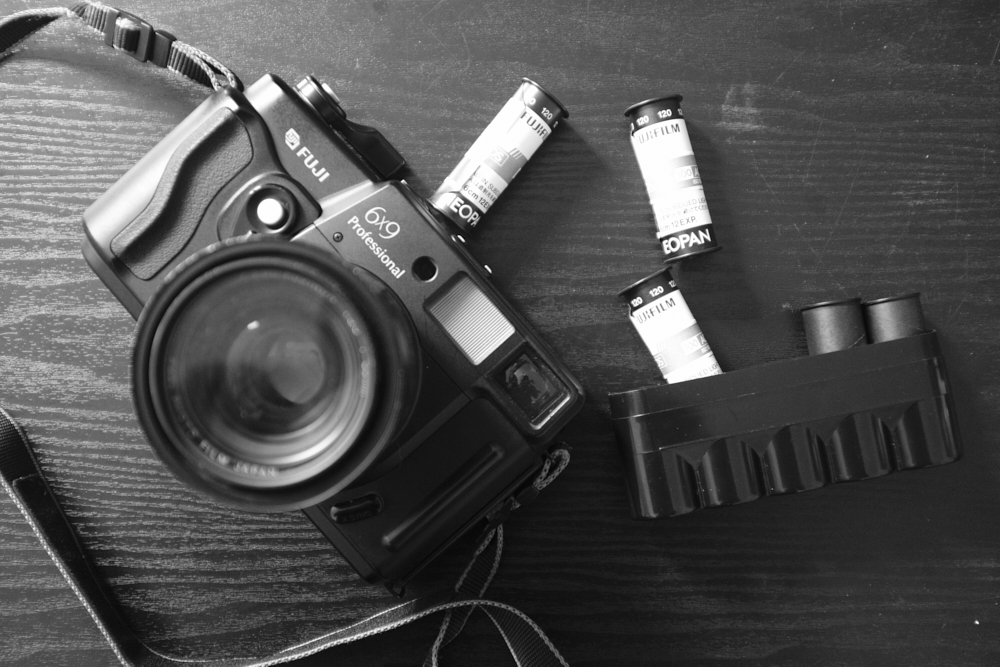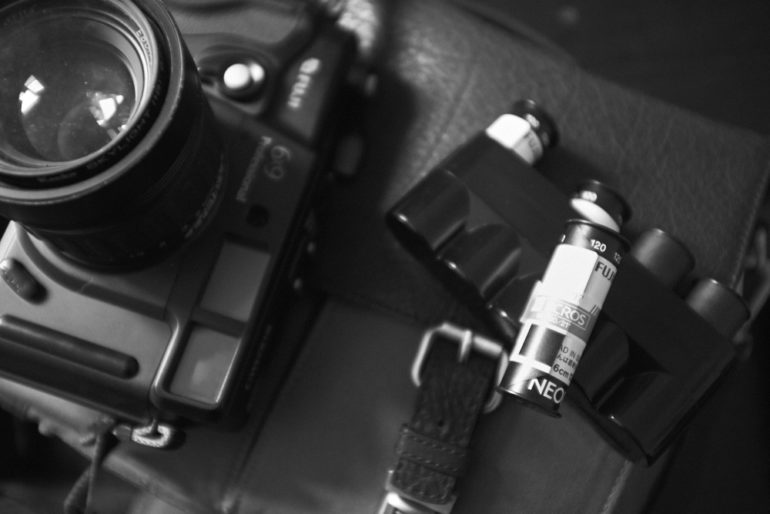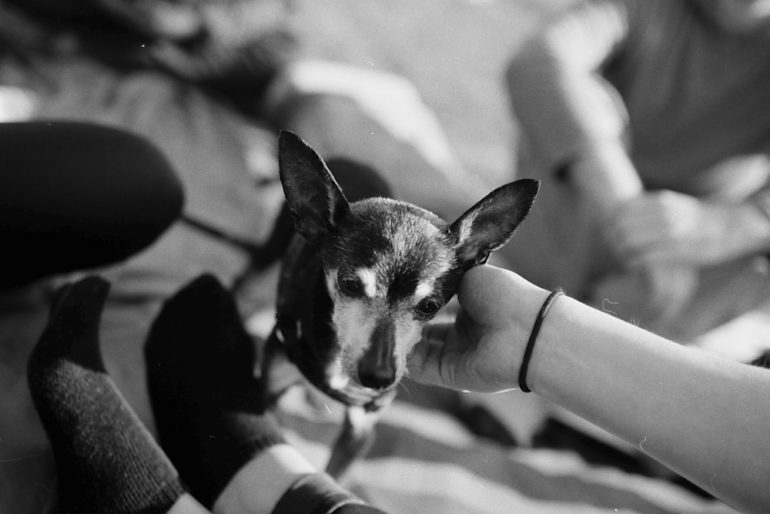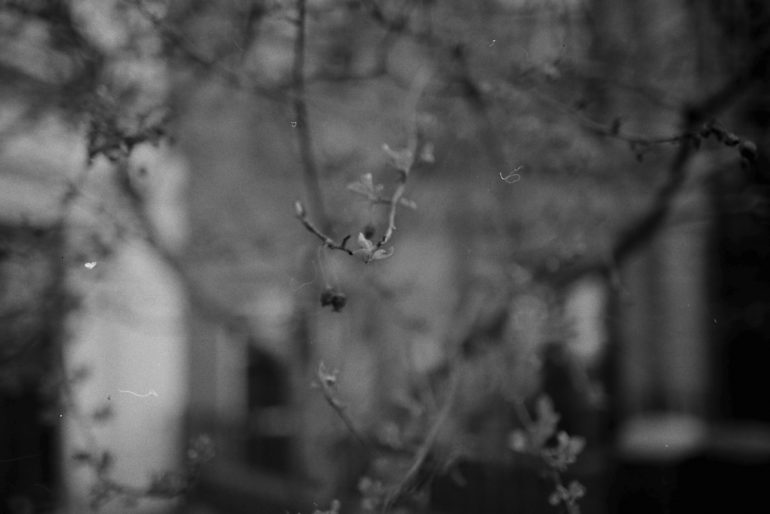Last Updated on 04/30/2017 by Chris Gampat
Fujifilm Acros 100 is the company’s last black and white film emulsion, and for many photographers it was an absolute favorite. Acros 100 is a very fine grain film considering how it’s also a fairly slow film. In fact, it’s so fine grain that when my scans came in, readers thought that the image was digital and not film. For this reason, it was always used for a variety of applications though mostly with portraits and landscapes. Depending on how you developed it and if you pushed it or not though, it isn’t very tough to get great results even when pushed to ISO 1600, though it is surely time consuming when it comes to the processing.
Today, the closest thing to any of the other previous Acros emulsions comes in the form of the image quality offerings from the Fujifilm X series. And despite the fact that it doesn’t totally look like the Acros film, it comes incredibly close.
Editor’s Note: This is a review of Fujifilm Acros 100. But next month, La Noir Image will be 100% dedicated to the film emulsion and the digital simulation from Fujifilm’s cameras. If you want to read more, I highly recommend subscribing for as little as $15/year.
Tech Specs
Fujifilm’s website lists these as specs:
- Finest grain quality ISO 100 black-and-white film.
- Excellent processing characteristics.
- Rich gradation and outstanding sharpness.
- Wide range of photographic applications.
- Available in 35mm and 120 formats.
You can get a number of techs and data sheets from Fujifilm’s website right here.
Gear Used
Our review of Acros 100 was done using the Minolta a7 with the Sony 35mm f1.4 and the Fujifilm GW690 III with the 90mm f3.5. The Adorama Flashpoint Zoom Lion flash was used inside of the Phottix Luna Octa. All film was graciously developed by the Lomography company.
Ease of Use
Fujifilm Acros 100 is a black and white negative film that is pretty darn simple to use. By today’s standards, I wouldn’t consider it to be high contrast out of the box but it can surely be shot that way. Instead, it’s pretty easy to get the details from both the shadows and the highlights during the development and the scanning process. The film comes in both 120 and 35mm formats and today it can also be closely simulated with Fujifilm’s higher end X series cameras. The digital emulsion for the most part gets the color tones correct and true to the way that the film emulsion worked; but the differences instead have to do with how high contrast the modern lenses are. And if you add a flash to the scene, it’s just going to get even sharper.
More of this specifically will be covered this month in La Noir Image.
When attempting to shoot landscapes with Acros film things tend to get a bit weird, at least for me. Using a graduated ND filter is recommended though I’ve never shot a scene that I really truly liked. However, I’ve seen great photos shot with Acros 100 developed in Ilfotek and Rodinal. If you’re going to get this developed with Lomography, ask for that. With that said, my personal tastes tend to skew more towards the high contrast end of the spectrum when it comes to landscapes.
But when it comes to working with the film in studio, the only film that would probably give me this fine of a grain and this sharp of an image would probably be T-Max 100. To get the most from the film, I recommend shooting portraits with a flash inside of a light modifier. The modifier should have a silver interior and perhaps some sort of diffusion panels. When that’s done, you’ll get images that aren’t overly sharp, but surely very sharp overall. If you want maximum sharpness then go for just silver (though I’m not sure why you’d want that for portraiture).
When it comes to shooting for pure leisure, I strongly recommend using Acros 100 perhaps at box speed or with a fast lens to allow you the most versatility. Otherwise, feel free to push it. It probably can’t be pushed like Tri-X can since Tri-X is rated at 400 and therefore is a much more versatile ISO rating. But again, I’ve seen images shot for and developed at ISO 1600 with fantastic results. Know that the contrast of this film is very standard and is based more on your own exposure than other films will be.
Image Quality
More samples will be shared on La Noir Image to subscribers.
Studio Samples (120)
Life Samples (35mm)
Conclusions
Fujifilm Acros 100 isn’t at all a bad film. It’s a pretty nice film actually. However, with Fujifilm essentially cannibalizing the film into their X series cameras and with most of the new lot of photographers not truly knowing or understanding what film looks like, it’s tough to really want to reach for it on a regular basis. T-Max, Tri-X, Street Pan, and Delta all offer an almost totally unique look often highly prized and sought after over the moderate contrast Fujifilm Acros 100. If you’re shooting in a studio though, I’m going to very strongly recommend this film. That low contrast look will give a photographer a lot of versatility when it comes to working with lights.
However, I genuinely don’t think that it’s giving me something that digital can’t do at this point in the same way the other films I mentioned can. This opinion may change though as more of my film comes back from the lab.
Want to try some Acros 100 for yourself? Check out Amazon for some great prices.

























